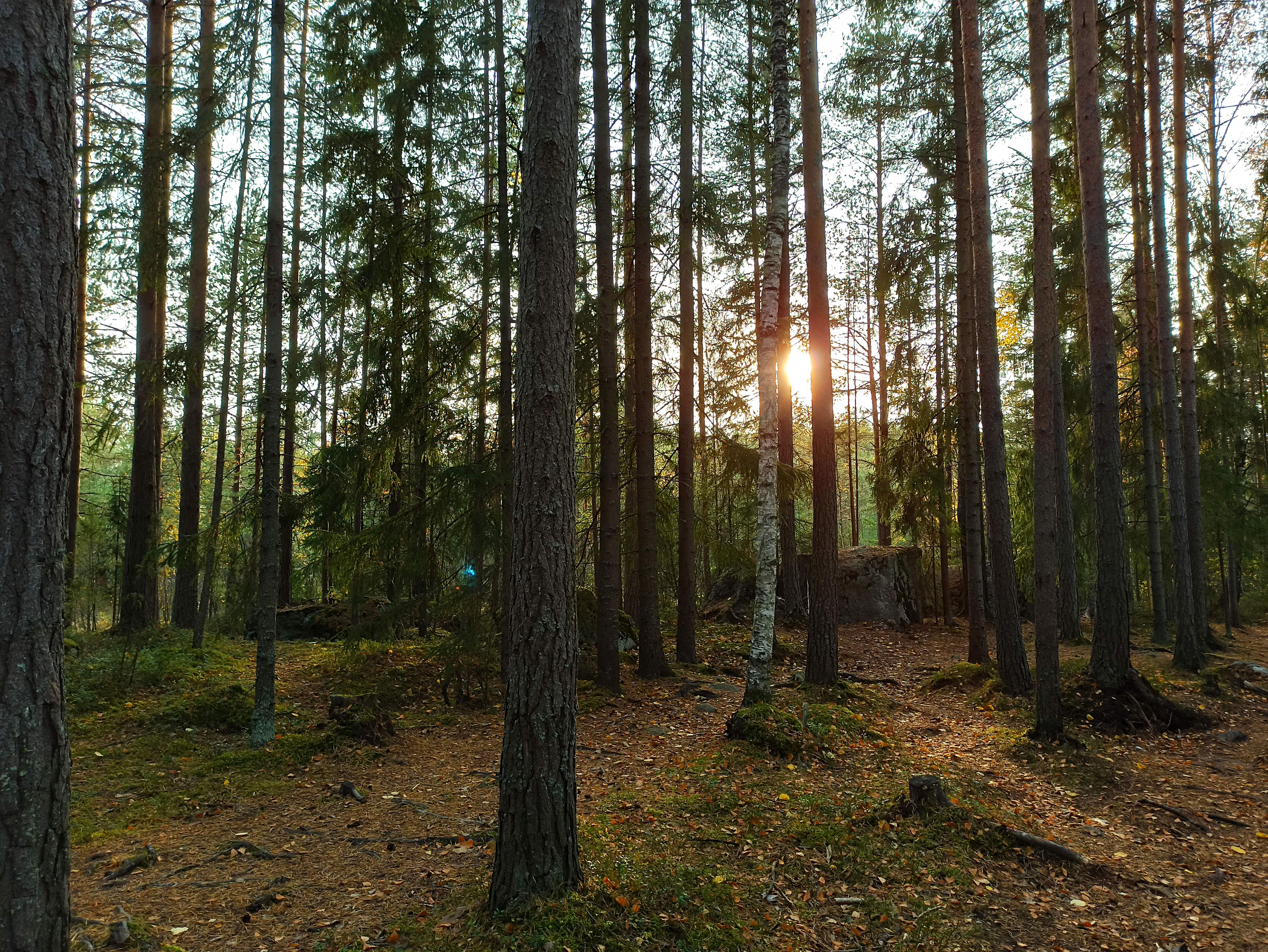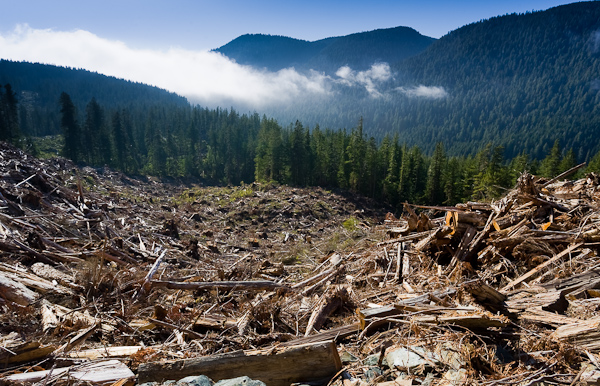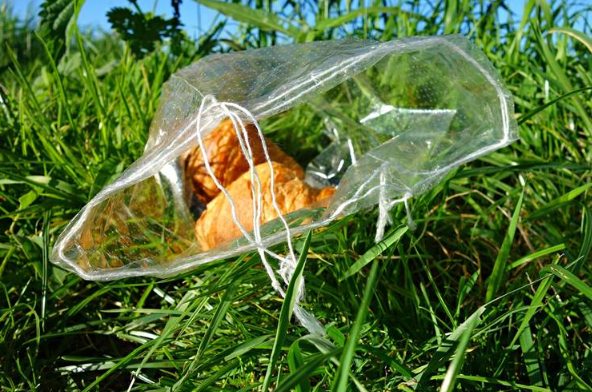Missing the forest for the trees
Forests have been called the lungs of the earth, and for good reason – besides releasing oxygen for us to breathe, they are crucial in absorbing and storing carbon dioxide, the most prominent greenhouse gas. In countries where much of the land area is forested, forestry related industries are some of the most significant sectors for the national economies. This has led to clearcutting forests and replacing them with tree plantations for more efficient harvests.
Wood can be considered a renewable resource, but natural forests? Not so much. They are biologically diverse ecosystems acting as homes for many different species, with trees of varying ages. In contrast, tree plantations are timber fields for production; they are typically grown as even-aged monocultures, with only one species of tree planted across a given area.
The destruction of habitats and extraction of resources has greatly impacted biodiversity, but it is likely that the climate crisis will become more significant in causing biodiversity loss as the changing climate alters ecosystems in unpredictable and dramatic ways. In turn, the loss of biodiversity will further the climate crisis.
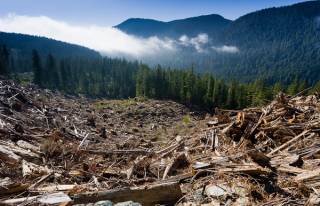
A sprawling clearcut of old-growth forest stretches down a hillside in unceded Pacheedaht Territory / the Upper Walbran Valley, Vancouver Island (source)
The human face of climate change
It is true that the climate crisis is caused by humanity, but not quite as a whole – the people least responsible for it are the ones suffering the most from it. One of these disproportionately affected groups is Indigenous Peoples, whose territories are estimated to contain most of the earth’s remaining biodiversity. Indigenous cultures are closely bonded to the ecosystems of the lands they have sustainably inhabited for millennia. Their traditional livelihoods and land management practices make them experts of their environments.
The Arctic serves as a barometer of climate change worldwide. The changes happening in the unique and sensitive Arctic region are significant and important both locally and globally. The Inuit and other Circumpolar Peoples have been closely monitoring the changes in the environment they depend on, being some of the few subsistence hunting societies left in the world.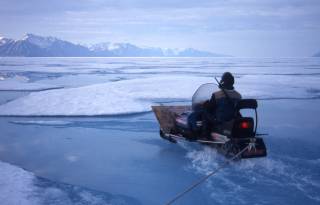
Inuit hunter traveling by snow scooter on melting sea ice, Mittimatalik, Nunavut / Pond Inlet, Canada (source)
Besides being at the forefront of witnessing climate change, Indigenous Peoples of the Arctic have other pressing concerns: the melting ice is making non-renewable resources, such as oil, gas, and minerals, accessible along with faster shipping routes and commercial fishing. This increased traffic would further impact the region’s nature and accelerate climate change, and adaptation to this industrial development could lead to assimilation that Indigenous Peoples worldwide seek to avoid.
The fossil fuel-based industrialized global economy and natural resource extraction in the chase for endless profit have already caused severe climate change effects and biodiversity loss, and continue to do so, increasingly targeting Indigenous Peoples and the environments they maintain.
“Indigenous Peoples resist this invasion with tremendous courage and skill, but their protests are too often ignored by governments and corporations.” – Cultural Survival
For communities and environments to thrive, it is vitally important for Indigenous Peoples to be in charge of any processes that may affect their lands, territories and resources.
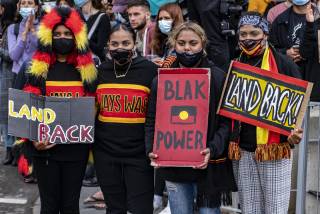
Photo from the January 26 2021 Invasion Day Rally in the lands of the Wurundjeri People of the Kulin Nation / Melbourne, Australia (source)

